11 Amazing Benefits Of Hyacinth Herb For Skin, Hair And Health
From eczema to a sore throat - this herbal extract can be a solution to numerous issues.
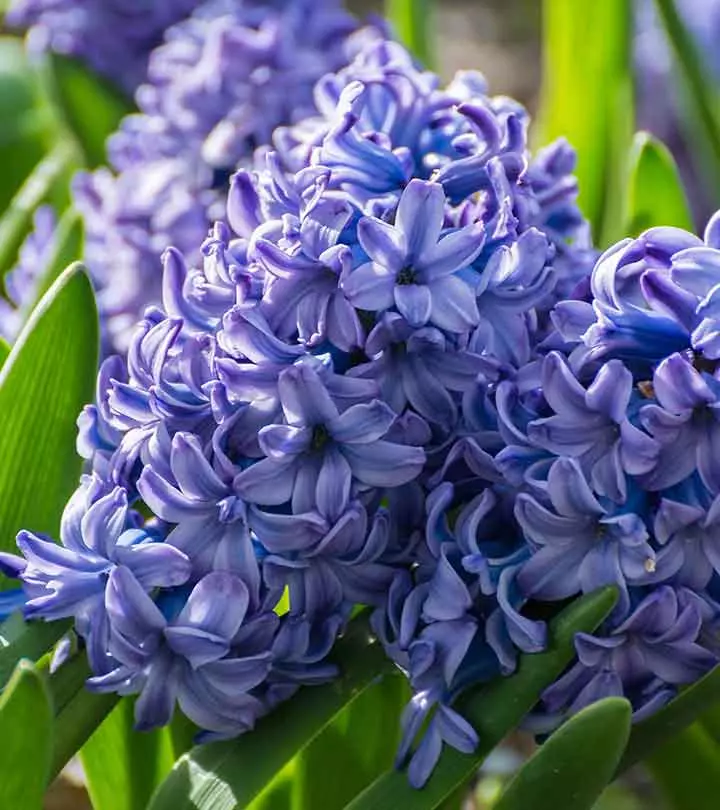
Image: iStock
There is no need to depend on those store-bought products to be healthy and have a balanced meal. A simple plant growing in our garden can also help. The blue hyacinth herb benefits our health in various ways. Hyacinth, a popular herb known for its healing properties, is mostly used in the folk medicine of England and is associated with the Greek hero Hyacinthus. It originated in the eastern Mediterranean, but it is native to Turkmenistan and Northeast Iran. The blooming season of this plant is during the spring, heralding the end of winter. Hyacinth bean shoots and pods can offer an array of health benefits. The leaves of this plant are heart-shaped. That said, hyacinth is considered toxic by many. It may trigger some allergic reactions in some people. You may find them with both yellow and white floral components. But the common variant grows with purple pods and petals. If the pod is matured, the seeds can be extracted easily and consumed (and the pods discarded). However, the young pods can be consumed directly by removing the rough edges.
Some may grow it for consumption, while some grow it for forage. Hyacinth beans especially are used in making many delicacies around the world. These beans are also termed Indian beans, Hyacinth beans, and Calavance. These hyacinth bean plants also serve as ornamental plants. In some areas, along with the beans, the flowers are also consumed. They are added to some delicacies to enhance the flavor of the dish. Even the roots of this plant are edible. However, these are not so popular – but as per anecdotal evidence, they offer an array of health benefits. This essential oil is extracted from the flowers of its plant. It is a therapeutic oil widely used in aromatherapy. Read on to know more about this interesting herb, whether it can be considered safe for consumption, the benefits it offers, and its potential side effects. Continue reading.
 Know Your Ingredient: Hyacinth Herb
Know Your Ingredient: Hyacinth HerbWhat Is It?
A purple, red, or pink flower that has a sweet, spicy, and floral aroma.
What Are Its Benefits?
It may help combat eczema, soothe a sore throat, and treat cholera and diarrhea.
Who Can Consume It?
It can be consumed by all individuals.
How Often?
You can consume hyacinth beans once daily
Caution
Avoid consuming it if you are pregnant or breastfeeding or have a cold. Excessive consumption may cause gas, bloating, weakness, or vomiting.
In This Article
Nutritional Value Of Hyacinth Beans
A 100 grams of raw hyacinth beans contain (1):
| Protein (g) | 23.9 |
| Total lipid (fat) (g) | 1.69 |
| Carbohydrate, by difference (g) | 60.7 |
| Energy (kcal) | 344 |
| Calcium, Ca (mg) | 130 |
| Iron, Fe (mg) | 5.1 |
| Magnesium, Mg (mg) | 283 |
| Phosphorus, P (mg) | 372 |
| Potassium, K (mg) | 1240 |
| Sodium, Na (mg) | 21 |
| Zinc, Zn (mg) | 9.3 |
| Copper, Cu (mg) | 1.34 |
| Manganese, Mn (mg) | 1.57 |
| Selenium, Se (mcg) | 8.2 |
| Thiamin (mg) | 1.13 |
| Riboflavin (mg) | 0.136 |
| Niacin (mg) | 1.61 |
| Pantothenic acid (mg) | 1.24 |
| Vitamin B-6 (mg) | 0.155 |
| Folate, total (mcg) | 23 |
| Fatty acids, total saturated (g) | 0.288 |
Note:
Remember that the Hyacinth herbs and flowers are inedible.
Key Takeaways
- Mix hyacinth leaf extracts with natural ingredients like turmeric to soothe skin conditions like eczema.
- The consumption of hyacinth juice may help soothe an inflamed throat or ear.
- Consume stir-fried hyacinth beans to treat digestive problems like diarrhea, nausea, and flatulence.
- Make hyacinth beans a part of your regular diet to treat low immunity, fever, and obesity.
Benefits Of Hyacinth Flower Herb
Almost all the plants have some medicinal as well as nutritional value to offer, so does Hyacinth!
Skin Benefits Of Hyacinth:
1. Treats Eczema:
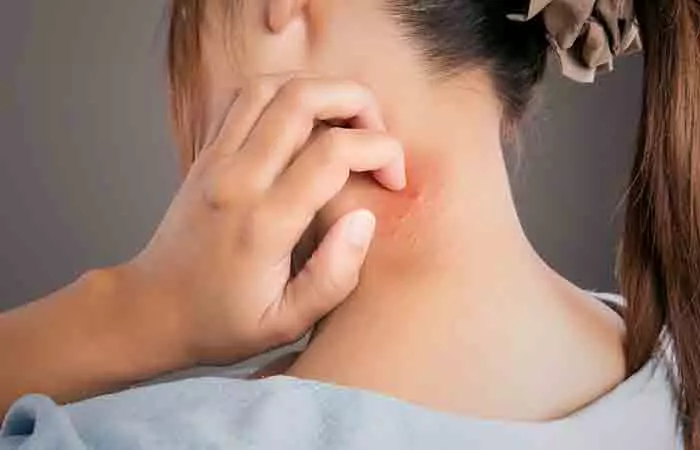
The leaf extracts of this plant can be mixed with rice flour and turmeric to treat skin problems like eczema.
2. Makes Skin Healthy:
Many skin care products contain blue hyacinth. The use of Hyacinth and its antimicrobial, antifungal, and antibacterial properties make it the perfect choice for treating many skin disorders. Hyacinth, with its natural healing properties, is a great addition to any skincare routine that requires natural therapeutic remedies.
Hair Benefits Of Hyacinth:
3. Imparts A Great Fragrance To The Hair:

Though hyacinth is not known for its hair care benefits, adding it to shampoos and conditioners results in the amazing fragrance of a fresh hyacinth flower. However, if you are seeking ways to boost hair growth, consider looking into specific herbs for hair growth, which may offer complementary benefits, such as aloe vera, hibiscus, lavender, etc.
Health Benefits Of Hyacinth:
4. Treats Cholera:
The stem of this plant can be used to treat cholera.
Symptoms like nausea and vomiting can be reduced with the help of stir-fried hyacinth beans.
5. Heals Sore Throat:

The juice extracted from the pods of the hyacinth plant can be used to heal an inflamed throat as well as ears.
 Trivia
Trivia6. Treats Snake Bites:
A poultice, prepared with the extracts of the hyacinth bean leaves, can be used to treat snake bites.
7. Works To Treat STIs:
Sexually transmitted diseases, such as gonorrheai A sexually transmitted bacterial infection that may affect both men and women and lead to infertility, if left untreated. , can be treated with the help of infusions prepared with the leaves of the hyacinth plant.
8. Works As An Anti-inflammatory Agent:
In the Philippines, the combination of lemon juice and hyacinth juice is to treat abscesses. It is applied topically to heal the inflammation..
9. For Healthier Digestion:

Stir fried hyacinth beans can really make digestion smooth! Traditional Chinese Medicine uses the beans to keep the spleen healthy. The herb is also known to treat diarrhea, nausea, distended stomach, intestinal, worms, and flatulence.
10. Controls Cholesterol:
The hypocholesterolemic propertiesi It describes a compound's ability to reduce cholesterol levels in the blood, reducing the risk of heart-related disorders. of hyacinth beans control cholesterol levels in the body.
11. Great For Women:
Women can really make use of this plant to get a healthier body! In Kenya, some tribes use this herb to promote lactation. A new mother can consume boiled hyacinth beans to make the most of it. Its flowers, on the other hand, can help women who suffer from irregular periods.
12. Other Benefits:
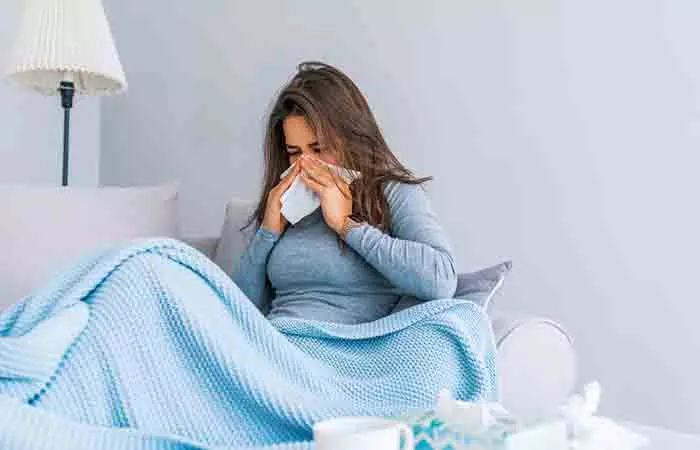
Sunstroke, low immunity, fever, obesity—all these and more can be treated with the help of hyacinth beans.
 Did You Know?
Did You Know?If you are impressed by these benefits and are planning to grow it in your garden, here are a few tips that will help you.
Gardening Tips For Hyacinth
- Always plant hyacinths in well-draining soil rich in organic matter to give it a good start.
- Choose the right place to grow Hyacinths, as it prefers full sun but can tolerate partial shade.
- Water the plants regularly, but avoid overwatering. Make sure the soil is moist, not soggy.
- Plant the bulbs about 4-6 inches deep, with the pointy end facing up.
- Use a balanced fertilizer when planting and after blooming to promote healthy growth.
- Keep an eye out for slugs and snails. You can use organic pest control methods like coffee grounds or crushed eggshells to check this issue.
- After blooming, allow the leaves to wither naturally before trimming them back.
Now that you know how to grow it, it is important to learn the right dosage to avoid further complications. Read on.
Recommended Dosage
Hyacinth beans can be made a part of your regular diet. Or you can use it as an herbal extract. Hyacinth bean dosage is determined by a number of variables, including the user’s age, general health, and a number of other situations. A suitable dosing range for hyacinth bean cannot yet be determined due to a lack of sufficient scientific data. Prior to use, make sure to read and follow all applicable instructions on product labels and speak with your pharmacist or doctor.
A Word of Caution
- Hyacinth beans should never be ingested uncooked. Raw hyacinth beans are considered toxic and can cause stomach problems. So, it is advised to boil dry hyacinth bean seeds so that the poison inside it is removed and is safe for consumption. Also, ensure to change the water used for boiling. This will further help to drain out the toxic content of the beans.
- People suffering from cold or flu should avoid using this plant in any of its forms.
Drug interactions of hyacinth with other medication and herbs are not known. So, consult your doctor before you start using the plant or any of its parts. If nothing else, plant the beautiful hyacinth plant in your garden—it does look beautiful! And later, when the beans are ready to be plucked, you can reap its health benefits too! Hope you found this article helpful! Do share your feedback with us in the comments section.
Infographic: 6 Ways Hyacinth Herb Can Make Your Life Better
Hyacinth is a popular herb used in English folk medicine. It is mostly grown as an
ornamental plant and is also used in many delicacies. While its young pods are edible, its flowers are used to enhance the flavor of foods. Incorporating this herb into your lifestyle can offer various advantages. In the infographic below, we have listed the most important of those. Check them out.
The benefits of hyacinth are many. It is loaded with nutrients like antioxidants, minerals, and vitamins that are beneficial to the body. It may help soothe a sore throat and improve digestion. Hyacinth may lower cholesterol levels and reduce inflammation as well. You can also use it to keep your hair and skin healthy and rejuvenated. However, excessive use can trigger allergic reactions in some. If you experience any adverse effects, limit its use and seek medical advice.
Frequently Asked Questions
Are hyacinth herbs edible?
Hyacinth bulbs and herbs are inedible and can lead to stomach upsets, high blood pressure, and an irregular heartbeat.
Can hyacinth herbs be eaten raw?
No. While their bulbs are inedible and should be avoided, hyacinth beans should be cooked before consumption due to the presence of cyanogenic glycosidesi These are toxic compounds present in several edible plants, which may lead to tissue damage and other neurological issues if consumed. .
Does hyacinth make you sleepy?
Anecdotal evidence suggests the scent of hyacinth flowers can be calming or relaxing, which may make you sleepy. However, limited data is available to prove this claim.
Is hyacinth a lucky plant?
In some cultures, hyacinth is considered a lucky plant as it symbolizes felicity and fruitfulness.
What does hyacinth smell like?
The scent of hyacinths is often described as floral with fresh greenery, and honey notes.
Can you put hyacinth in water?
Yes, hyacinth bulbs can be grown in water. Fill the vase or container with water until it reaches the bulb’s base.
Is hyacinth herb safe for pregnant or breastfeeding women to use?
There is a dearth of information on the safe use of hyacinth herb during pregnancy or breastfeeding. Consult your doctor before using this herb to avoid any side effects.
What are the active compounds in hyacinth herb that give it its health benefits?
The ethanolic extract of hyacinth herb contains alkaloids, saponins, tannins, terpenoids, phenols, flavonoids, and glycosides (2).
What are the different forms of hyacinth herb available for consumption?
It is available in oil, water, extract, and dried forms for consumption.
Illustration: Amazing Benefits Of Hyacinth Herb For Skin, Hair And Health
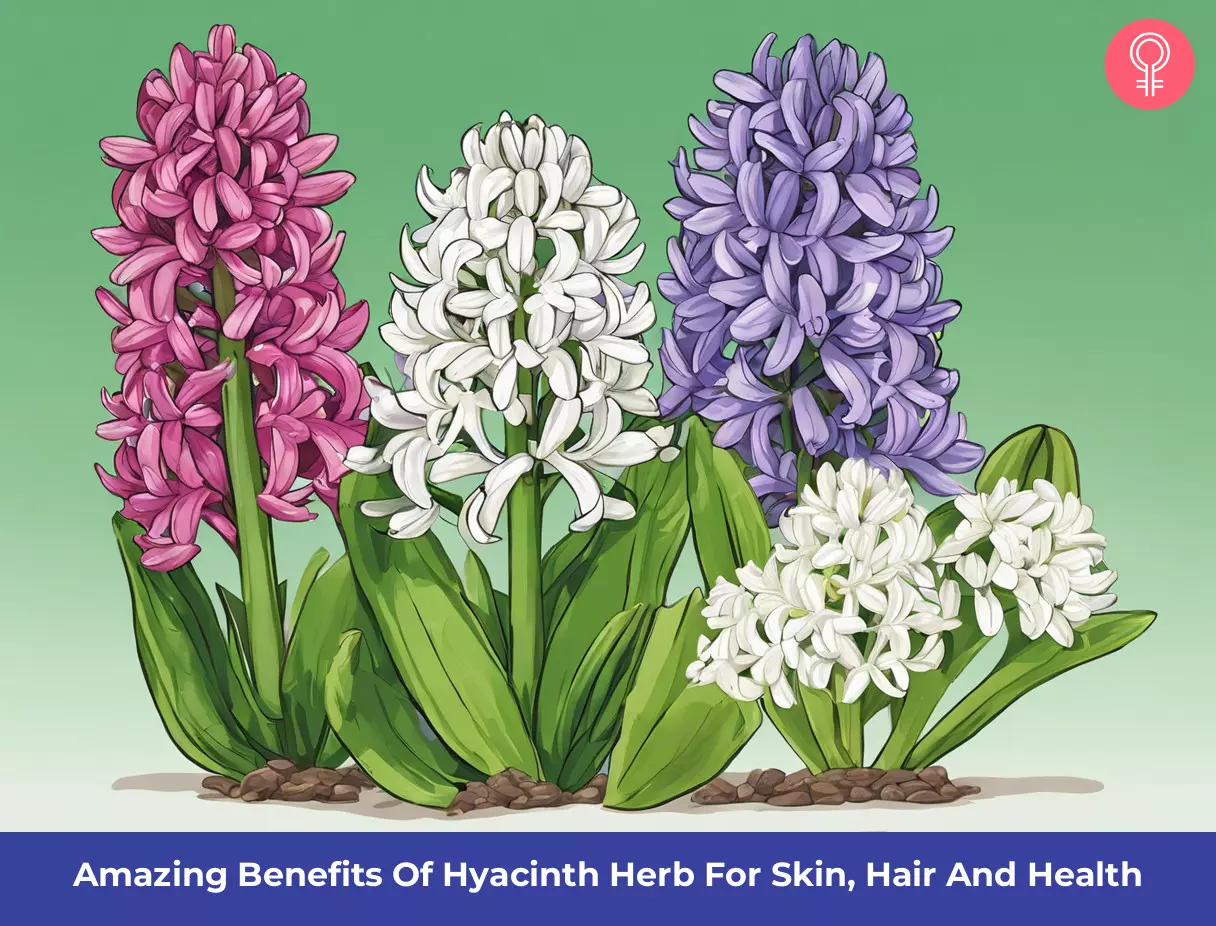
Image: Stable Diffusion/StyleCraze Design Team
Discover the nutritional values, health benefits, and delicious recipes of hyacinth beans! Learn how to incorporate this nutritious food into your diet to live a healthy life. Check out the following video!
References
Articles on StyleCraze are backed by verified information from peer-reviewed and academic research papers, reputed organizations, research institutions, and medical associations to ensure accuracy and relevance. Read our editorial policy to learn more.
- Nutrition Facts Hyacinth beans mature seeds raw
https://fdc.nal.usda.gov/fdc-app.html#/food-details/175210/nutrients - Eichhornia crassipes (Mart.) Solms: Uses, Challenges, Threats, and Prospects
https://www.ncbi.nlm.nih.gov/pmc/articles/PMC7364201/
Read full bio of Kate Driver
Read full bio of Tanya Choudhary
Read full bio of Ravi Teja Tadimalla
Read full bio of Moksha Gandhi





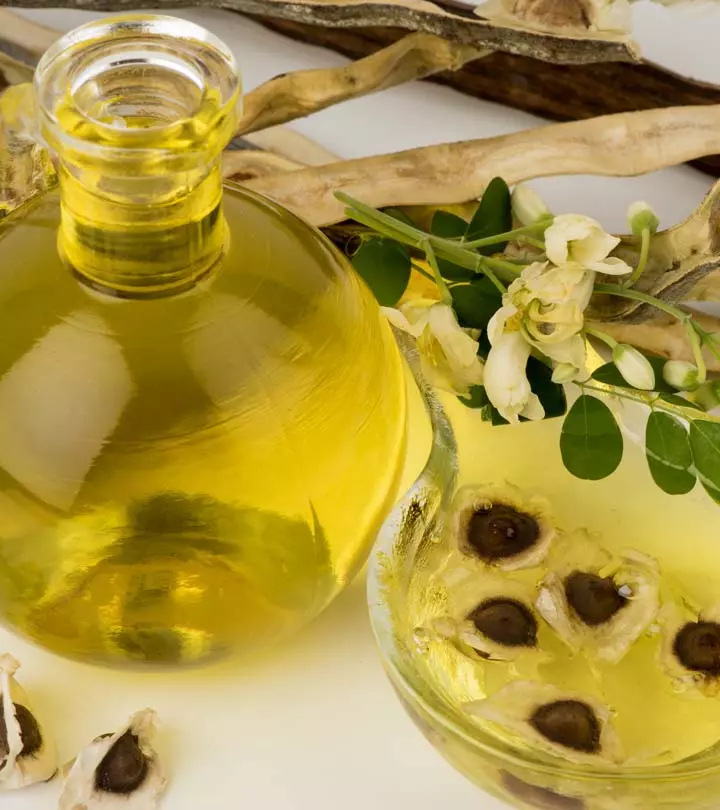
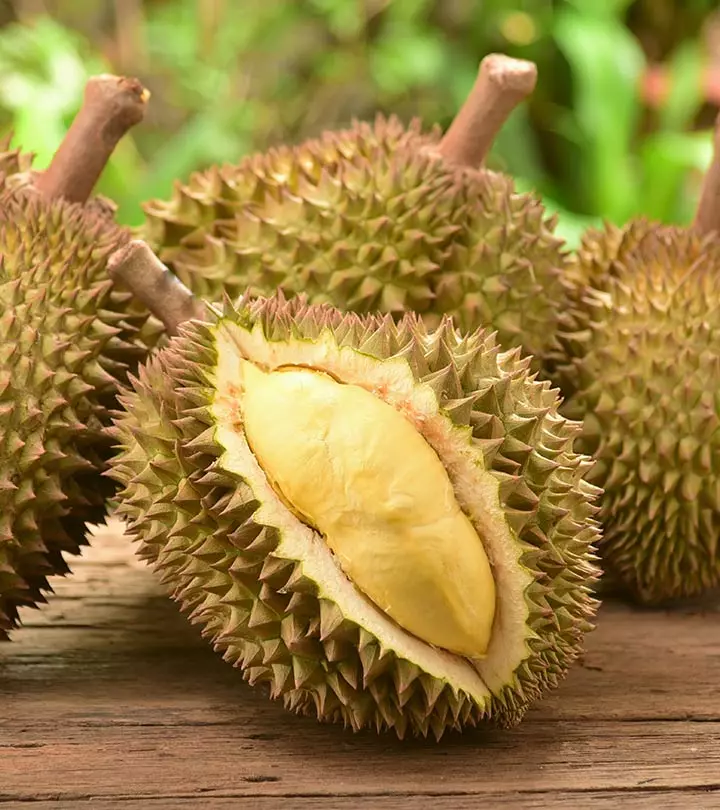
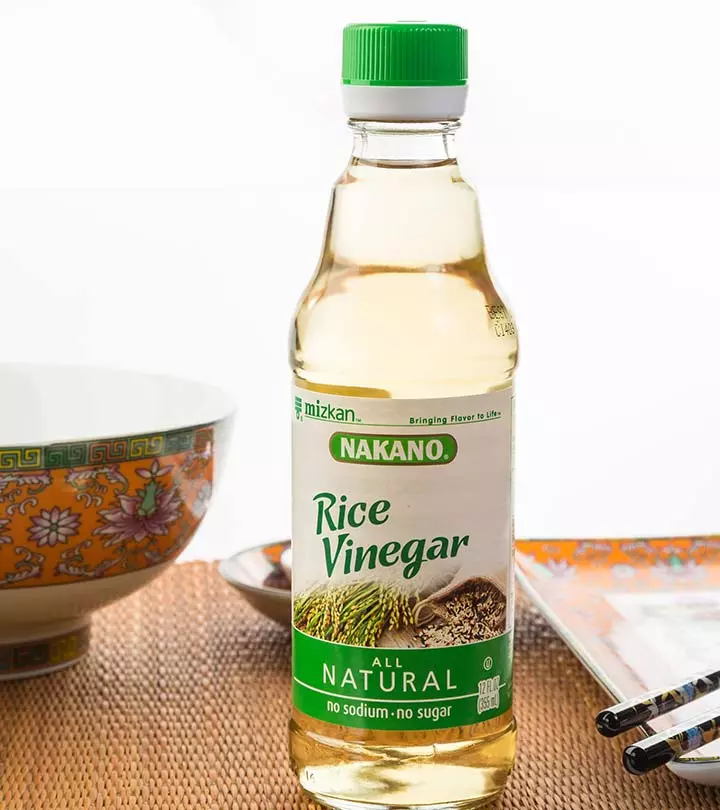
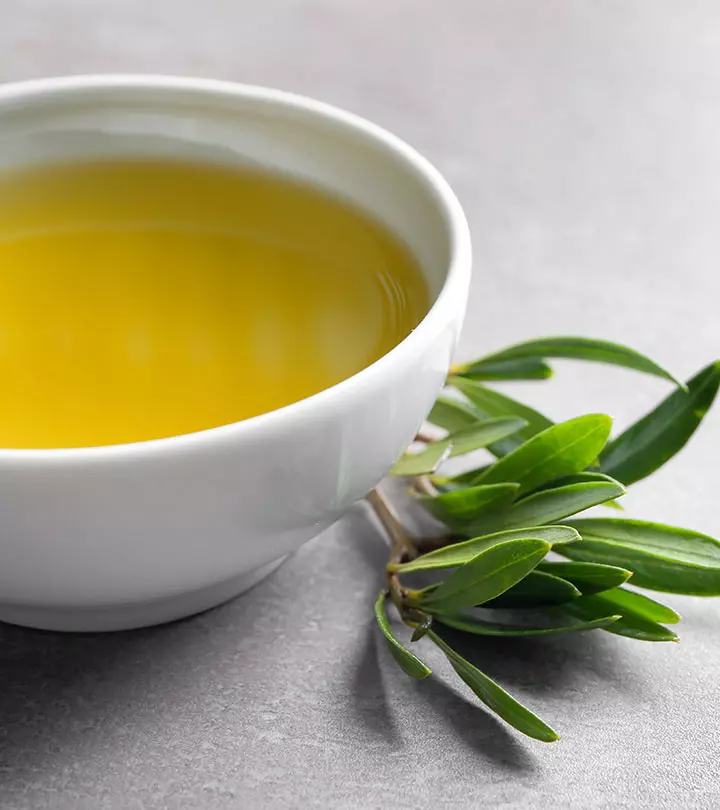
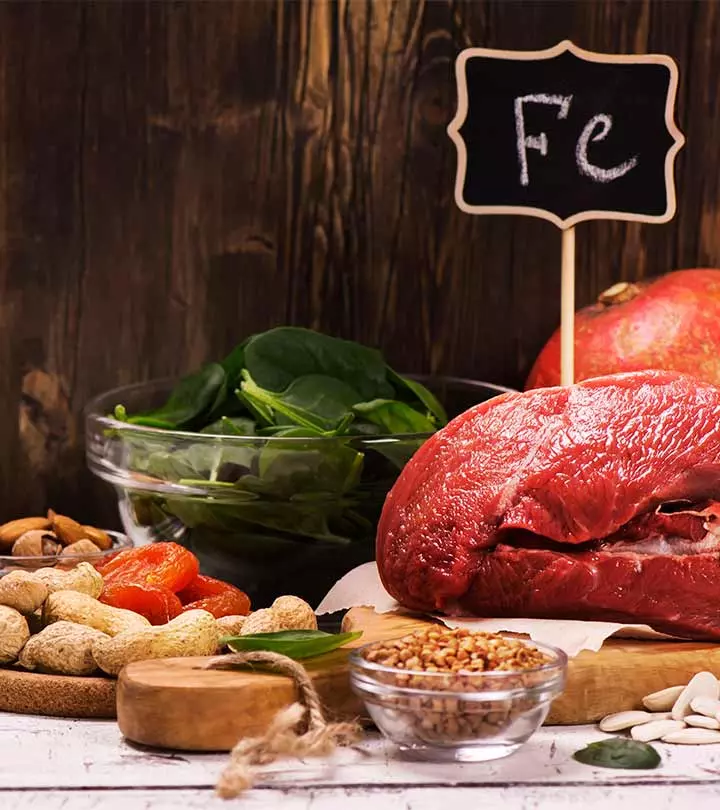

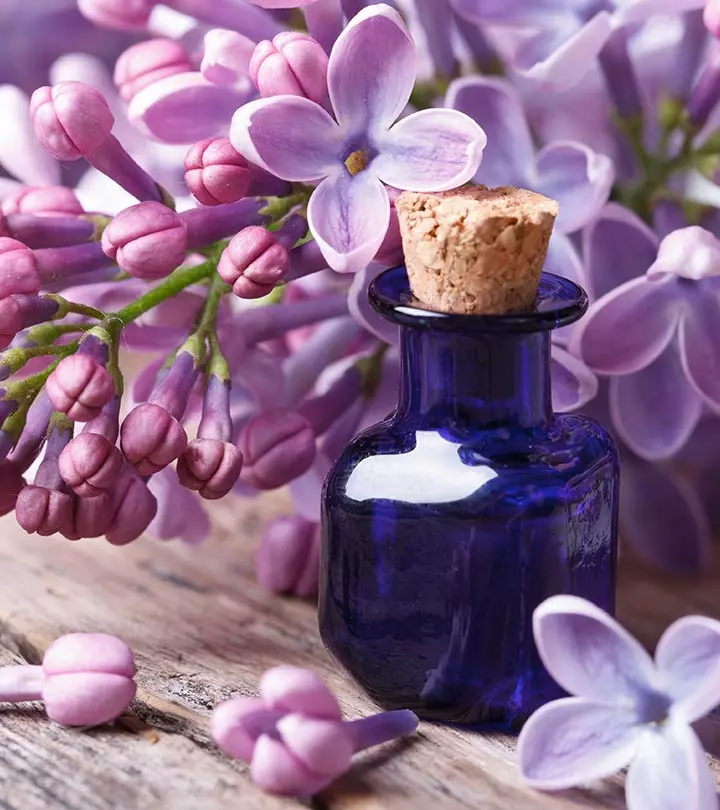
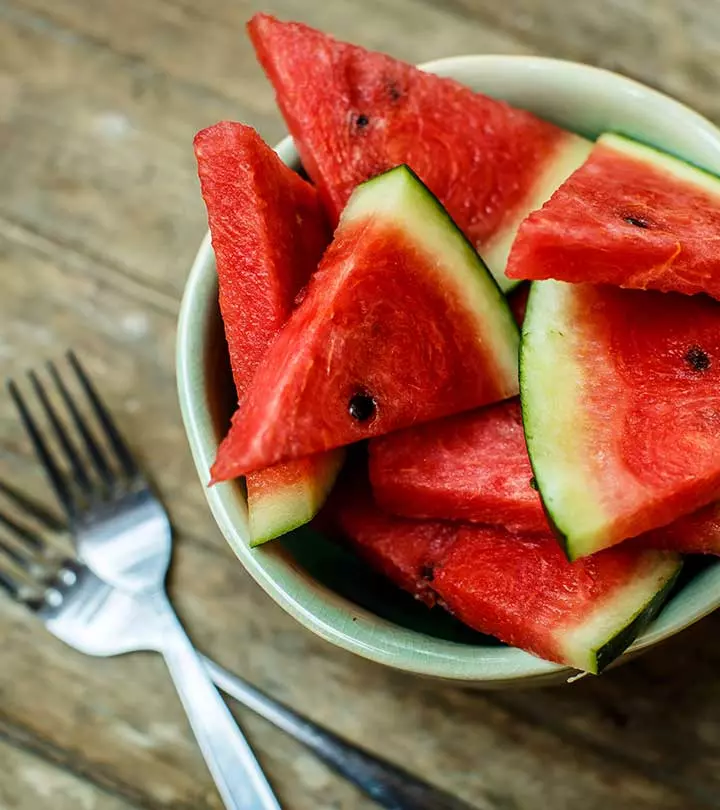
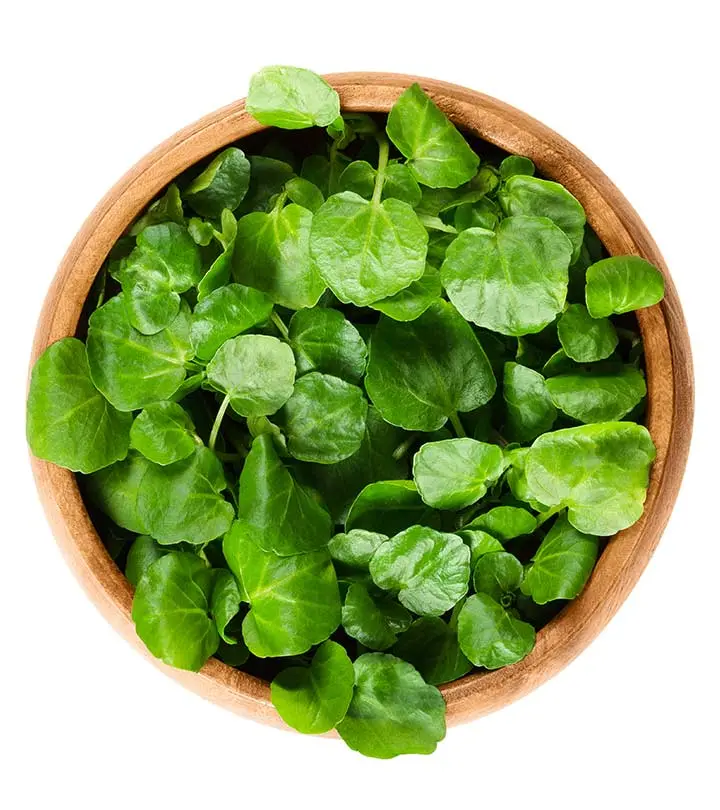

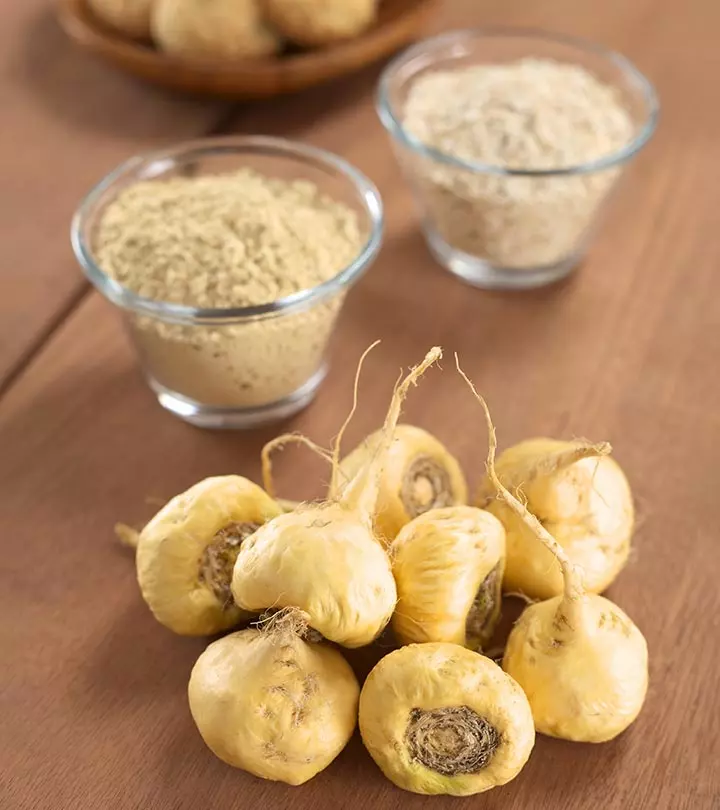
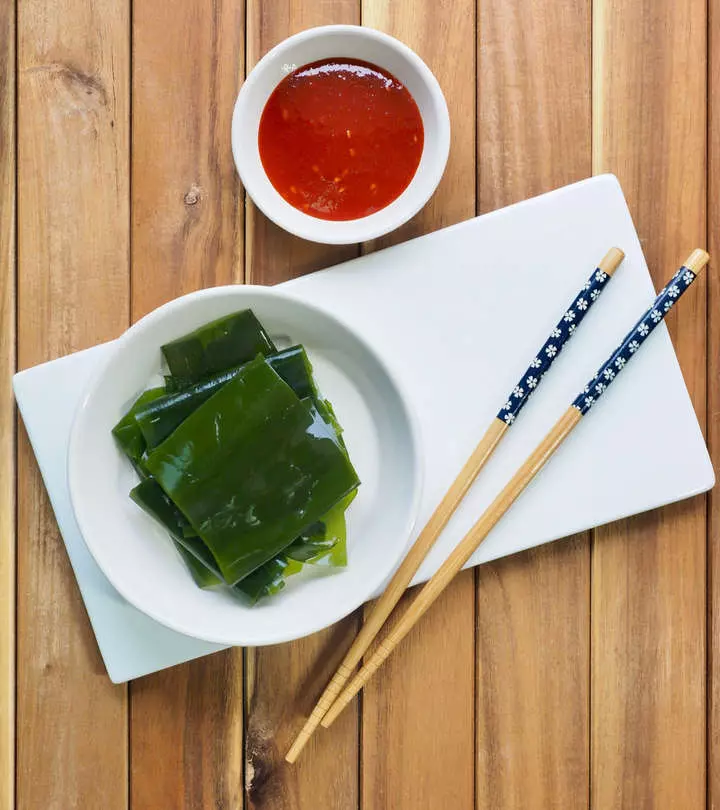
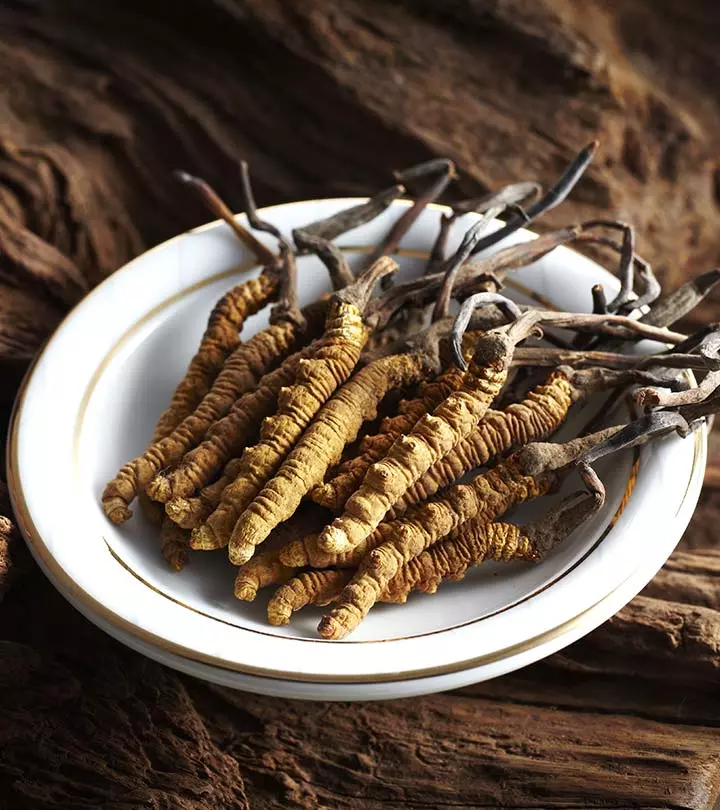
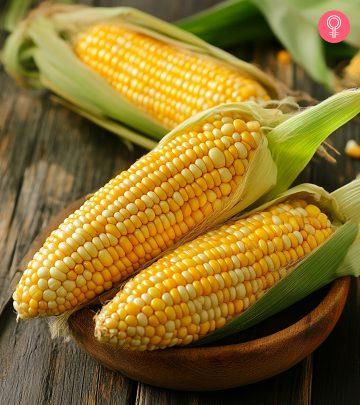
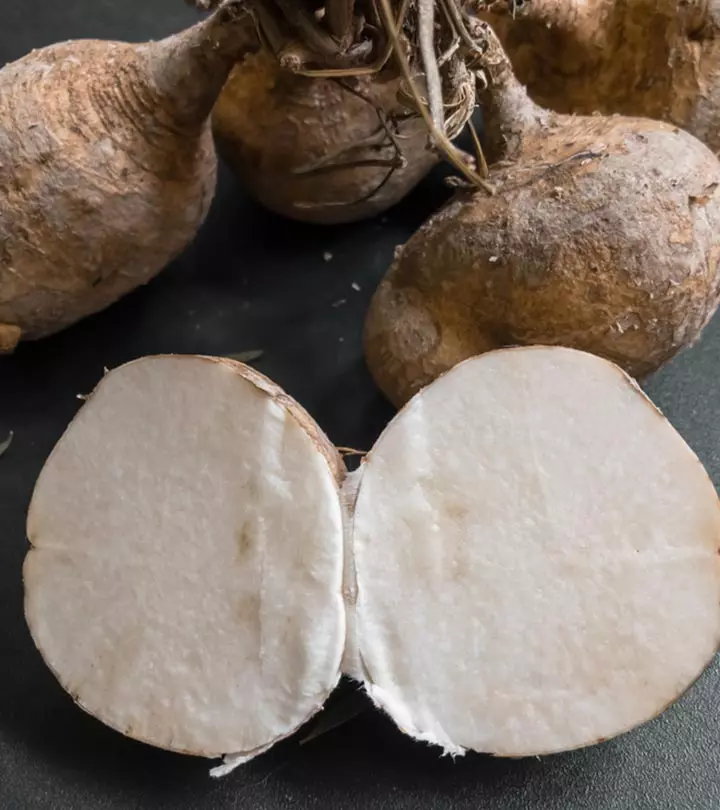
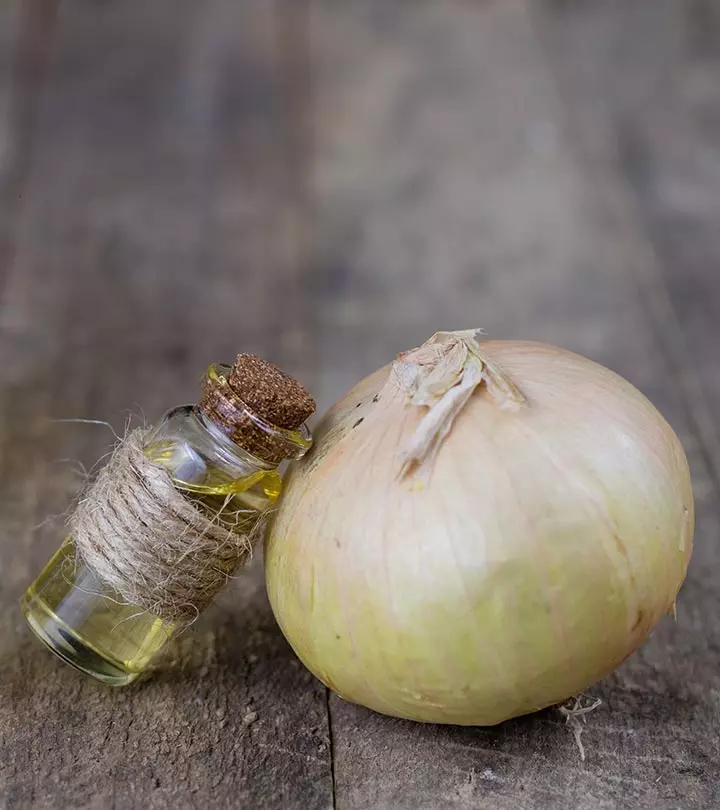
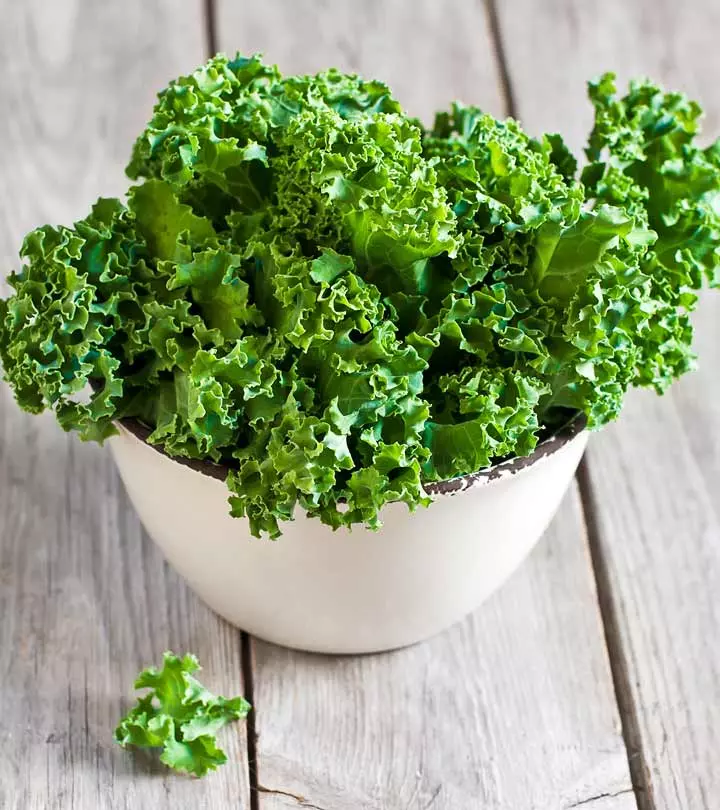
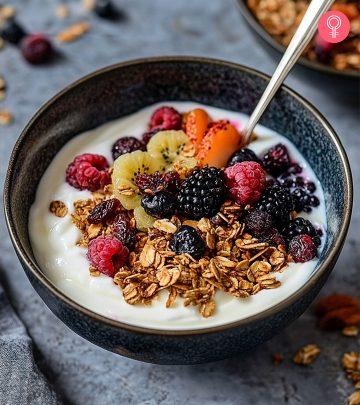
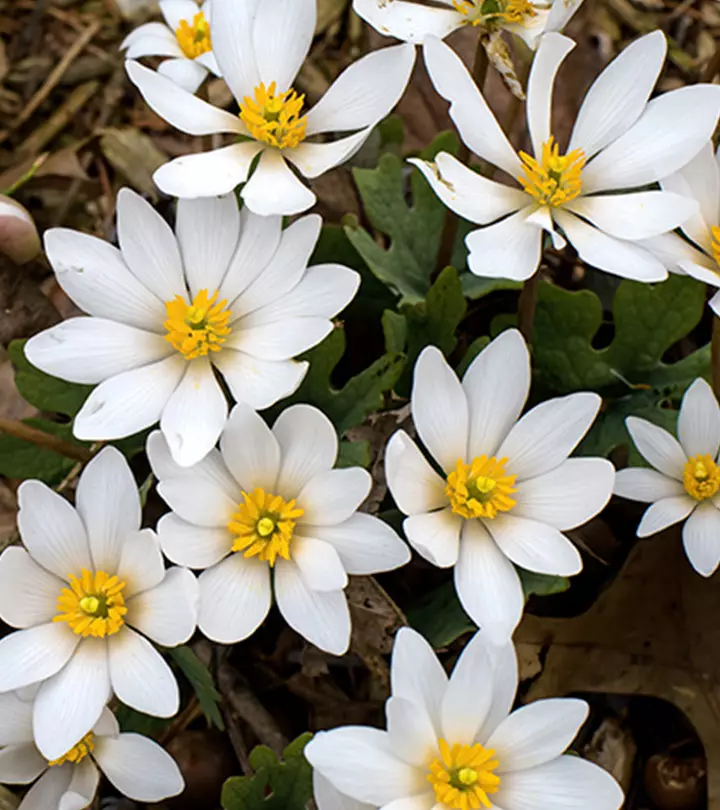
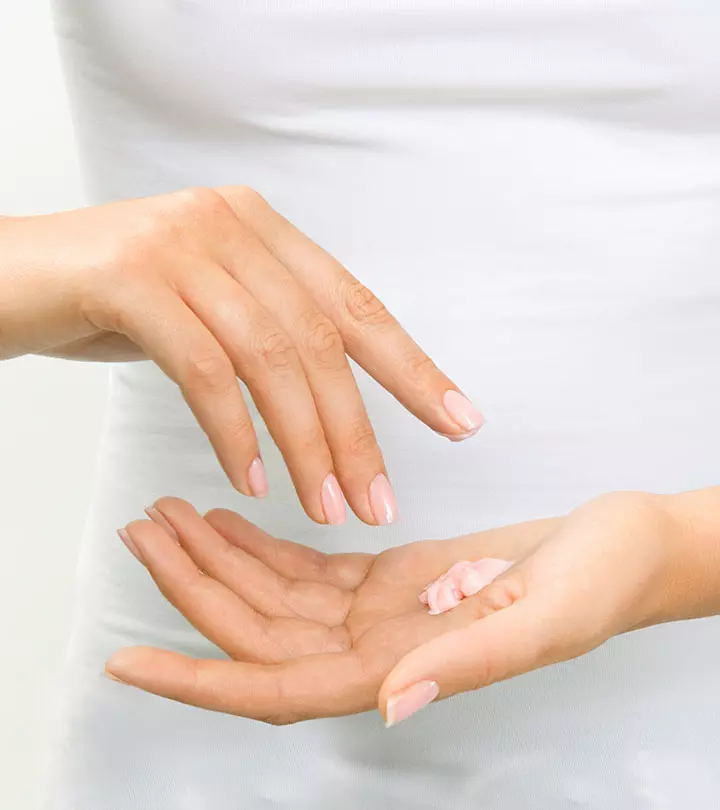
Community Experiences
Join the conversation and become a part of our empowering community! Share your stories, experiences, and insights to connect with other beauty, lifestyle, and health enthusiasts.